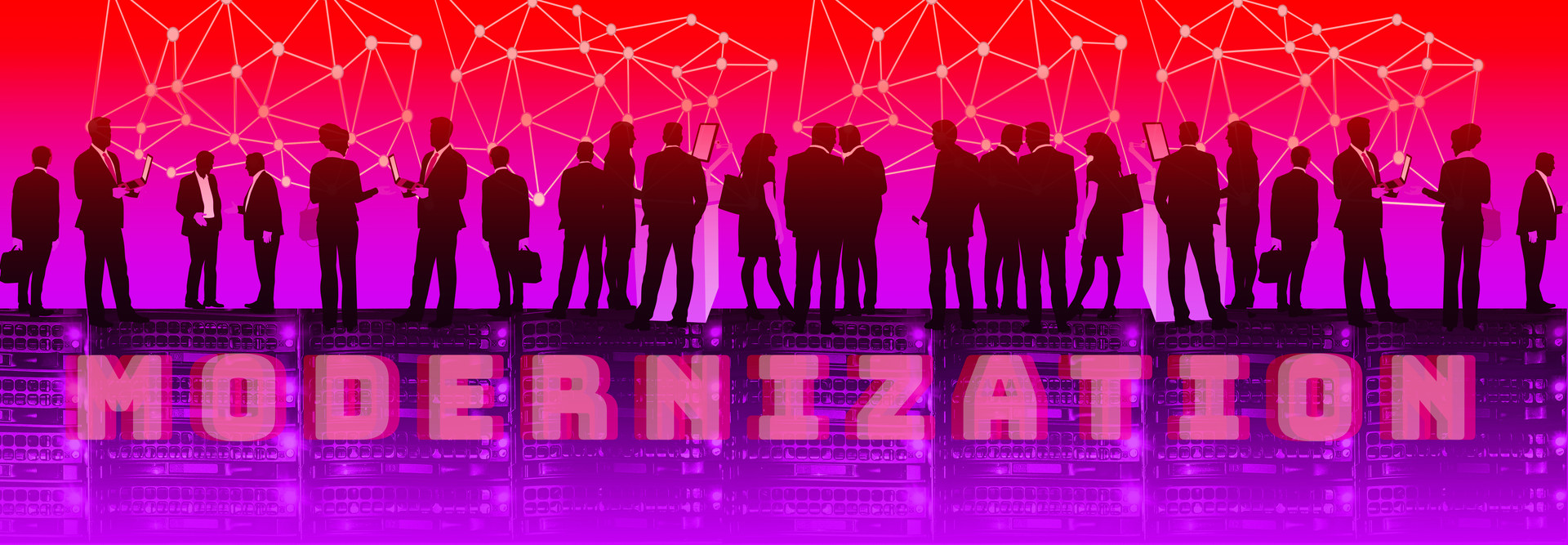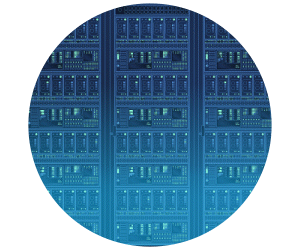Take Clear and Measured Steps to Modernize
Hybrid cloud systems combined with zero trust, DevSecOps and other cybersecurity frameworks ensure the latest industry safeguards, time and cost savings, and fewer hardware headaches in the long run.
The first steps for state and local agencies looking to optimize their data capabilities is to understand their current data management state, define their future vision, and then find the right software and cloud provider that offer solutions to help kickstart their modernization journey.
LEARN MORE: How can a modernized digital experience improve hybrid work?
In taking these steps, agencies and their CIOs can reap the operational and security benefits of centralized management, cloud portability and employee mobility — all of which have become increasingly essential today.
For agencies that operate multiple data centers across scattered regions, secure hybrid-cloud solutions can allow them to troubleshoot a problem at its core rather than having agency workers play whack-a-mole with server disruptions.
State and local agencies that want to maintain their physical hardware while future-proofing their data against recovery disasters can utilize long-term data storage options through multicloud.












